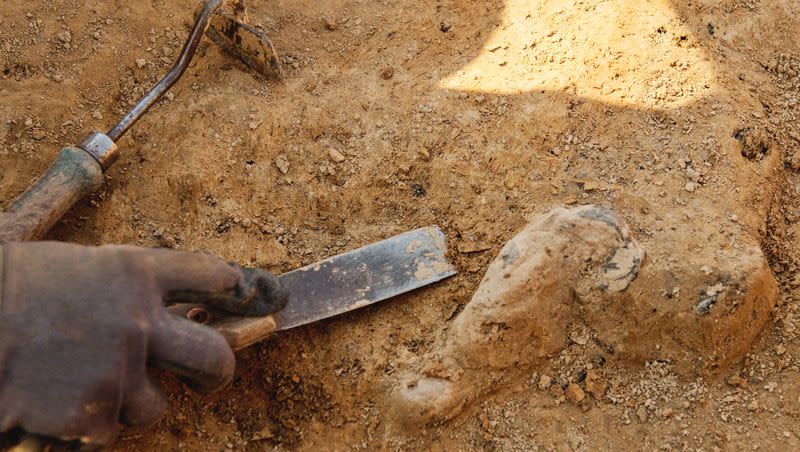Spanish archaeologists uncovered a chocolate factory in a 14th century mansion

A construction site in Spain last year accidentally uncovered the remains of a 14th century mansion that once housed a chocolate factory. The factory helped make renowned Clemente Guardia chocolates, according to Smithsonian Magazine.
Located in Barcelona, the archaeological site was under the care of the Barcelona Archaeological Service, which released a statement earlier this month with current updates concerning the dig.
Over 600 years of history
Archaeologists didn’t realize they had a 14th century mansion on their hands when it was found. According to the Barcelona Archaeological Service, the current estate dates back to the 19th century, during which time it was used as a chocolate factory.
But by investigating the surrounding area, archaeologists were able to find arches, doors and walls that date back to the 14th century, according to Smithsonian Magazine.
Archaeologists were able to figure out the owner of the 14th century mansion, known as the Pia Almoina, thanks to documentation, per Barcelona Archaeological Service.
The Pia Almoina was another name for the Cathedral poorhouse of Barcelona, which in the 14th century started buying more land that would depend on sharecropping and waged labor in order to make a profit, per the journal Mediterranean Studies.
During the 15th and 16th centuries, the mansion was converted to the hostel “Hostal de Sant Pere” before it got divided into three separate properties in the 18th century, one of which was later used in part for the chocolate factory, per Smithsonian Magazine.
Currently, archaeologists have found ceramic tongs, large containers and lead plates that would’ve been used to brand the chocolate with the name Clemente Guardia, per Barcelona Archaeological Service.
Spain’s rich history of chocolate making
Clemente Guardia had its start in the early 1800s, with newspapers like La Vanguardia stating that the chocolates were sent to every corner of the Spanish empire, including territories.
The chocolate company was known to have “chocolates a la vainilla” (a type of chocolate drink, according to Nestle’s website) and “chocolates a la piedra” (a chocolate bar meant for making hot chocolate) made at particular mills, per La Vanguardia in 1893.
Spain first received chocolate when Spanish explorers or conquistadors returned from the New World in 1528, but the chocolate drink the Spanish explorers brought back wasn’t well received at first. It wasn’t until a group of nuns decided to sweeten chocolate beverages with sugar that it finally became popular, according to the Alimentarium Museum in Switzerland.
Chocolate soon rose to fame after this. According to the Alimentarium Museum, chocolate was considered a high-quality beverage in Spain by the end of the 16th century and became more lucrative than tea or coffee. In the 17th century, all of Europe had chocolate as a prized possession.

